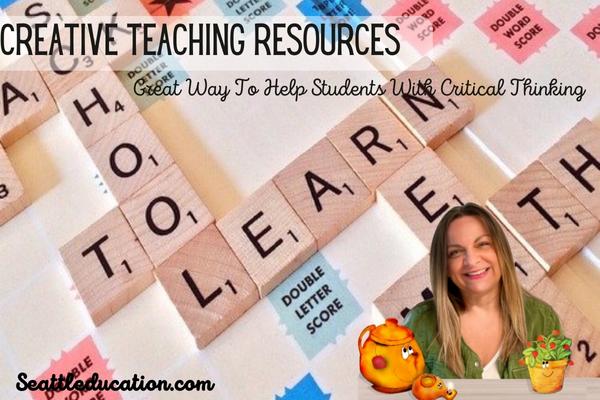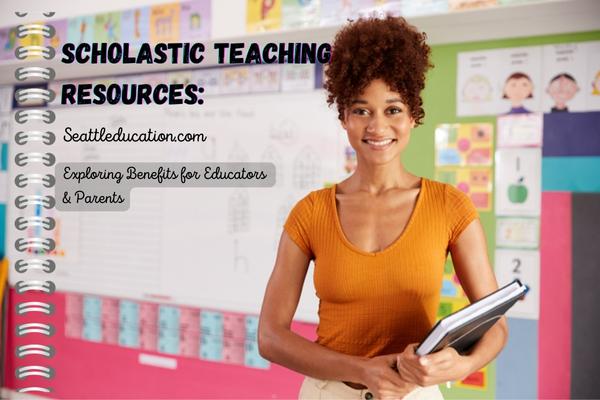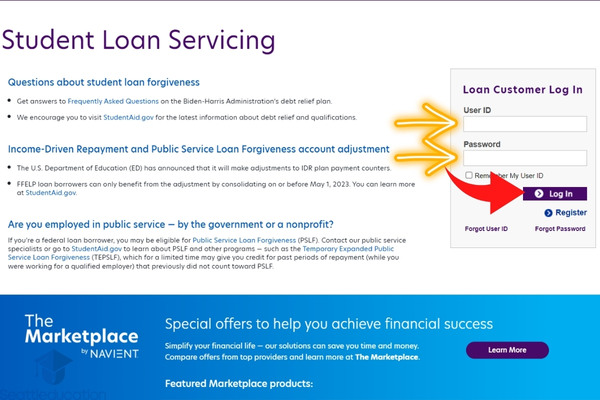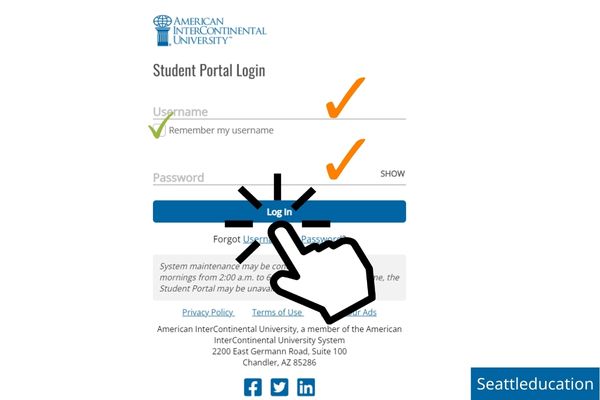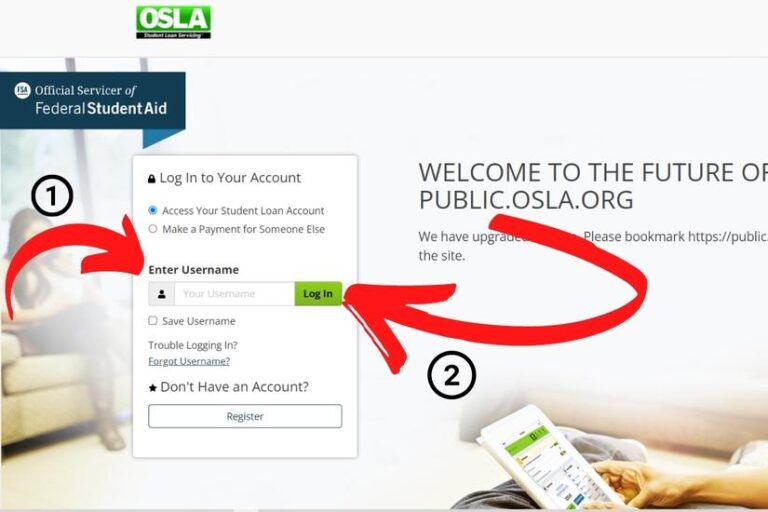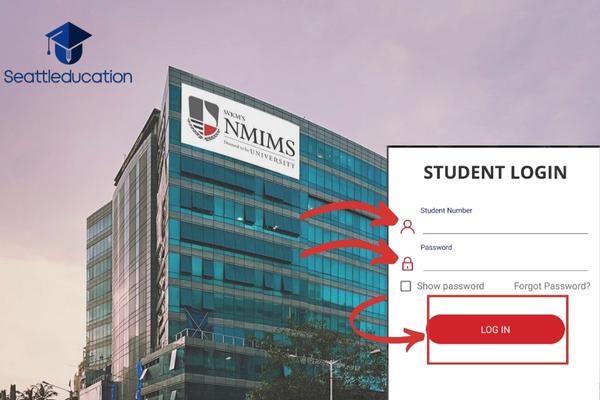Creative Teaching Resources – Great Way To Help Students With Critical Thinking
As an educator, finding creative and engaging teaching resources is crucial when it comes to creating a successful classroom environment. In this blog on Seattleducation, we’ll explore some of the most effective and exciting creative teaching resources, so that you can take your lessons to the next level and help your students achieve their full potential.
Why is Creative Teaching Important?
Creative teaching is important today for several reasons:
- Engages students: Using innovative methods of instruction give students motivation to take an active role in their education. Students are more likely to be engaged and motivated to learn when lessons are presented in novel and creative ways.
- Fosters critical thinking: Students benefit from educators who are willing to think beyond the box. Educators can encourage students to go deeper into the subject and make connections they might not have otherwise seen if they were presented with it in a more conventional fashion.
- Develops problem-solving skills: Tasks and projects that require students to solve problems are commonplace in imaginative classrooms. Students gain insight into how to approach challenges from many angles through these exercises.
- Encourages collaboration: Creative training often involves collaborative activities where students work together to solve problems or create something new. This helps students to develop their teamwork and communication skills.
- Enhances retention: It helps students to remember what they have learned. When lessons are presented in unique and interesting ways, students are more likely to remember the information and be able to apply it in different situations.
Overall, creative teaching is important because it helps to create an engaging and stimulating learning environment that fosters critical thinking, problem-solving, collaboration, and retention of information.
What Are Some Examples of Creative Teaching?
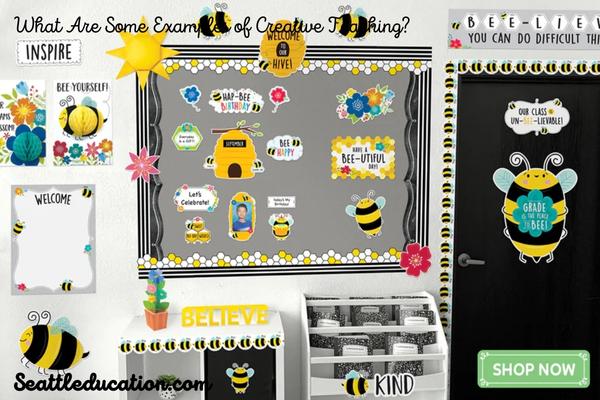
Creative curriculum uses innovative and imaginative training methods to engage students in learning. It emphasizes a student-centered approach that focuses on developing the critical thinking, problem-solving and other skills they need to be successful in the real world.
Some examples of creative ideas include flipped classrooms where students can learn at their own pace, games that make learning fun, visual aids such as concept maps and timelines, and inquiry-based learning where students are encouraged to ask questions and seek answers independently.
Educators can use creativity in the classroom by designing and implementing engaging lesson plans and projects that are relevant to their students’ lives, leveraging technology, and encouraging collaboration and teamwork. With creative training practices, learning can be fun and effective for both students and educators alike.
Creative Teaching Methods
Here are three creative techniques that educators can use in the classroom.
- Firstly, using storytelling as a way to train a lesson or concept encourages students to engage with the material and can make it more memorable.
- Secondly, using games or simulations to train complex concepts can help students retain the information and provide a fun and interactive learning experience.
- Finally, using technology like video tools or virtual reality can help bring a lesson to life and create an immersive experience for students.
Incorporating creative training methods not only helps students learn in a fun and engaging way, but also fosters critical thinking and problem-solving skills that will serve them well in their future academic and professional endeavors.
Creative Teaching Resources In Classroom
There are four key learning resources:
- Visual aids
- Audio aids
- Tactile aids
- Technological aids
Textbooks, libraries, computers, and scientific equipment are among the various resources available to pupils within the institution. In addition to lesson plans, attendance tracking systems, and curricular materials, educators now have access to additional training resources.
To engage and inspire their pupils, the most effective instructors employ a variety of instructional methods, such as a combination of direct instruction, group work, and interactive exercises.
By utilizing these materials and approaches, instructors may create a dynamic, stimulating classroom that promotes the learning and development of all children.
How Do You Create Creative Training?
If you want to inspire your pupils and help them learn, you need to think of new ways to do both, and that takes creative thinking. The following are some options for approaches to take:
- Know your audience: While designing interesting courses, it’s crucial to have a firm grasp of your students’ individual needs and areas of interest. When planning lessons, keep in mind each student’s unique preferences, experiences, and skill sets.
- Incorporate multimedia: Students can be more engaged and learn more with the use of multimedia like films, animations, and online exercises.
- Use real-world examples: Concepts can be made more relevant and clear to pupils through the use of examples and situations from the real world.
- Encourage creativity: Encourage students’ imaginative pursuits by giving them room to explore their artistic sides through writing, music, and other mediums. Inspiring children to use their imaginations is an effective way to help them become more analytical and problem-solving.
- Collaborate with other educators: Working with other instructors allows you to bounce ideas off of each other and develop creative methods of instruction that you might not have thought of otherwise.
- Make it fun: Learning doesn’t have to be boring! Incorporating fun games and activities into your lessons can make them more enjoyable for students and help them retain information better.
- Embrace technology: Using technology such as interactive whiteboards, tablets, and educational apps can enhance your instruction and make it more engaging for students.
Overall, creating creative learning requires a willingness to experiment and try new things, as well as a passion for helping students learn and grow.
List of Free Teacher Resources & Printables Websites
Several free worksheets and resources for educators are provided below:
- Teachers Pay Teachers – this website offers free resources and printables, as well as resources for purchase: https://www.teacherspayteachers.com/
- ReadWriteThink – provides free lesson plans, activities, and printables for K-12 educators: http://www.readwritethink.org/
- National Education Association (NEA) – offers free resources, including lesson plans, printables, and classroom management tools: http://www.nea.org/tools/
- Education.com – provides free worksheets, lesson plans, and activities for educators: https://www.education.com/worksheets/
- Smithsonian Education – offers free lesson plans, activities, and printables on science, history, and culture: https://www.si.edu/education
- Khan Academy – provides free academic videos, lessons, and exercises for students and educators: https://www.khanacademy.org/
- Scholastic – offers free instructing resources, including lesson plans, printables, and activities: https://www.scholastic.com/teachers/home/
- NASA – provides free STEM-related resources, including lesson plans, activities, and printables: https://www.nasa.gov/education
- PBS LearningMedia – offers free academic resources, including videos, lesson plans, and printables: https://www.pbslearningmedia.org/
- Edutopia – provides free articles, videos, and resources on innovative instructing strategies and practices: https://www.edutopia.org/
In conclusion, creative teaching resources are essential tools for educators to engage and motivate students in the learning process in the modern world. Creative instructing resources not only make the learning experience more enjoyable for students but also help educators reinforce key concepts and promote critical thinking skills. Visit our site, Seattleducation.com for more useful information. Thanks for reading!

